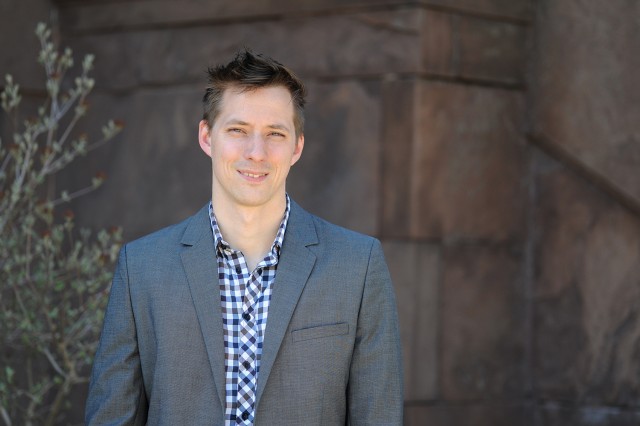Robinson Pinpoints Addiction Center in Brain


Having trouble resisting another glass of wine or a decadent slice of chocolate cake? In a new study, Mike Robinson, assistant professor of psychology, assistant professor of neuroscience and behavior, pinpoints the part of the brain that triggers addiction. It’s in the brain’s amygdala, an almond-shaped mass that processes emotions, reports the news site Medical Xpress.
These findings were published Dec. 10 in the Journal of Neuroscience (read the full story here). Robinson is the lead author, and co-wrote the paper with two colleagues from the University of Michigan.
The study was done using a technique called optogenetics with rats. Whenever the rats pressed a lever to earn a sugary treat, a laser light painlessly activated the amygdala in their brains for a few seconds, making neurons in it fire more excitedly. When the rats pressed a separate lever to earn a treat, their amygdala was not activated. When the rats were then faced with a choice over which lever to press, they focused exclusively on getting the reward that previously excited their amygdala and ignored the other. They were also willing to work much harder to earn the first reward.
Robinson told Medical XPress that the results suggest a role for the amygdala in generating focused and almost exclusive desire as seen in addiction.
“Understanding the pathways involved in addictive-like behavior could provide new therapeutic avenues for treating addiction and other compulsive disorders,” he said.

